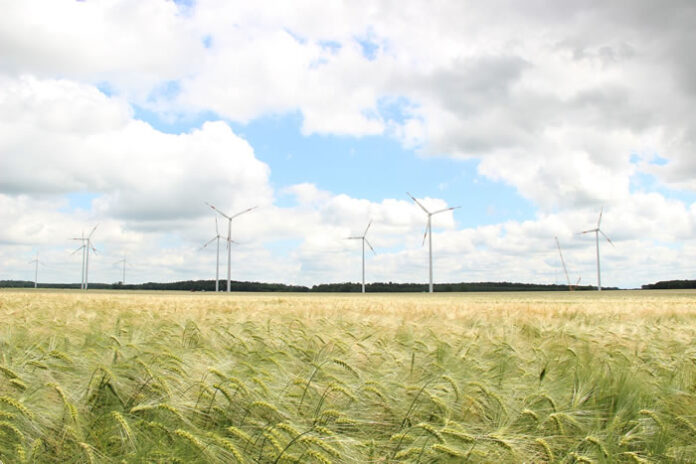In 2017, more than 100 billion tons of materials entered the global economy to generate power, build infrastructure and homes, produce food, and provide consumer goods such as clothes and phones. Nearly 30% of the global energy consumption goes towards the production of goods and a significant percentage of these goods are either underutilized or disposed of after a short period of use. Staggering numbers when we realize that we live on a planet with finite resources.
What is the Circular Economy?
Industries are working to transition from a linear economy to a circular economy where production and consumption involves circulating existing materials and products for as long as possible, through sharing, leasing, reusing, repairing, refurbishing, and recycling, rather than increasing manufacturing and the output of new goods. Consumption doesn’t end but becomes more sustainable.
A recent report from Greenpeace, which explored the circular economy, made it clear that we still have much work to do in minimizing waste and making the most of resources. Somewhere along the way, emphasis was placed on recycling. But recycling is not enough to close the loop in the circular economy. As the report states, “Recycling is far from 100 percent efficient and many resources, like energy, simply can’t be recycled.”
We’re forgetting the other part of the equation: slowing the consumption and production of materials, resources, and energy all together and implementing long-term waste prevention solutions.
Reimagining a Sustainable Future with Asset Intelligence
There has been a proliferation of electrical devices in the non-manufacturing environment over the last decade. Early sustainability efforts focused on managing the energy consumption of these devices by building more energy efficient designs or powering down equipment during off business hours. However, a much bigger sustainability impact would be to not purchase these resource intensive assets in the first place.
To transition to a more proactive approach to sustainability, businesses need a solution to address the data blind spots that have existed on the utilization, condition and energy usage of their equipment. The lack of this critical data resulted in the inability to answer fundamental questions such as: “Do we need to buy another device”, “Can we share this device”, “Are we maintaining equipment we don’t use”, “Is it time to replace equipment”?
There have been technology challenges to get this data as many businesses have a very large variation in the makes and models of equipment in addition to equipment being from different product generations. Disparate solutions from equipment manufacturers were available but this only provided insight into a very small fraction (about 20%) of the asset fleet.
WattIQ has taken an innovative approach to addressing these questions by unlocking the insight from electrical power data using a simple smart plug. This has enabled a solution that is agnostic of equipment make or model and the simplicity of the solution makes it accessible to businesses small and large. Many research labs have used this insight to lower their equipment purchases, reduce energy consumption, optimize space planning and prevent unplanned failures of equipment.
Consumers and businesses need to understand the true carbon footprint of a product over its entire life cycle and have the necessary data to make more informed decisions. As many governments and industries wrangle over the path to achieving carbon neutrality, we as consumers have the opportunity in the near term to tackle the problem of overconsumption and waste.















